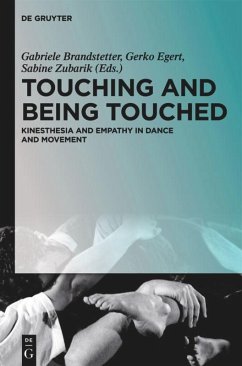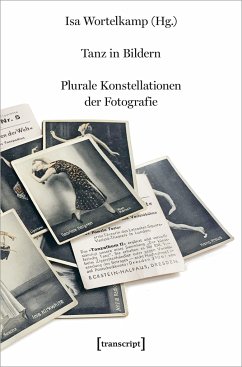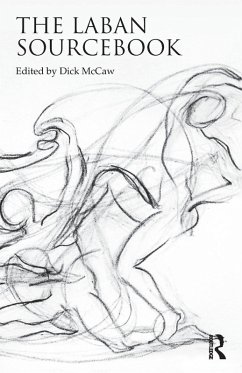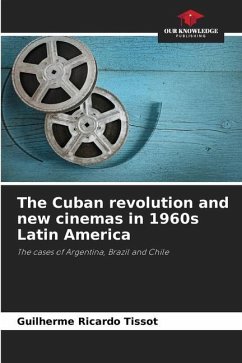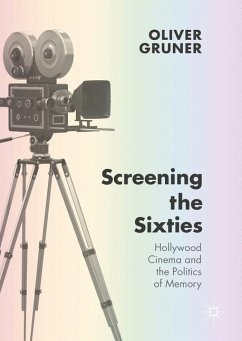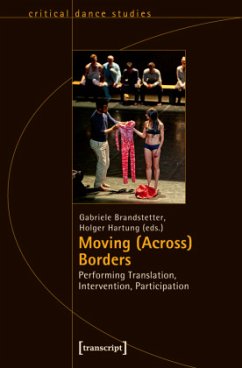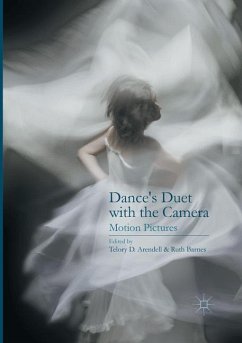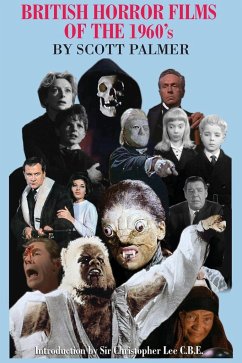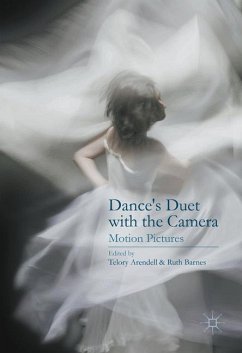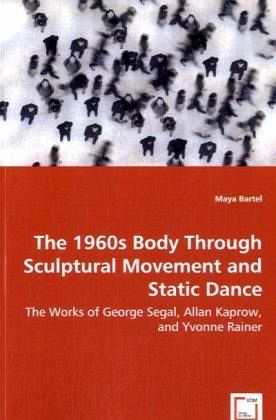
The 1960s Body Through Sculptural Movement and Static Dance
The Works of George Segal, Allan Kaprow, and Yvonne Rainer
Versandkostenfrei!
Versandfertig in 6-10 Tagen
32,99 €
inkl. MwSt.

PAYBACK Punkte
16 °P sammeln!
One of the major cultural upheavals of the 1960s was ablurring of the boundaries that defined traditional artdisciplines. In particular, sculpture, performance art and dancecame to share many of the same attributes that once made themdistinct practices. The works of George Segal, Allan Kaprow andYvonne Rainer intersect in ways that dramatically elucidate theseissues during this period. This study explores these changesarguing that there was an inverse relationship between theperformative nature of Segal sculptures and the non-expressiveimmobility of Kaprow and Rainer performances. This contrad...
One of the major cultural upheavals of the 1960s was ablurring of the boundaries that defined traditional artdisciplines. In particular, sculpture, performance art and dancecame to share many of the same attributes that once made themdistinct practices. The works of George Segal, Allan Kaprow andYvonne Rainer intersect in ways that dramatically elucidate theseissues during this period. This study explores these changesarguing that there was an inverse relationship between theperformative nature of Segal sculptures and the non-expressiveimmobility of Kaprow and Rainer performances. This contradictionwhere sculpture became more performative and dance became morestill, challenged long-standing conceptions of these disciplines.Using theorist Pierre Bourdieu and his habitus as a way to thinkabout the role of the body in these art genres offers anunderstanding of how 1960s bodies used gesture to limitcommunication through movement. This work will be particularlyuseful for those interested in movement studies, early Americanmodern art and also will appeal to anyone curious about how theirown body is transformed in the presence of visual and performingarts.



